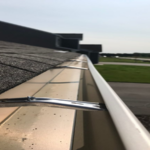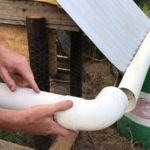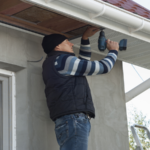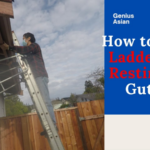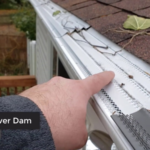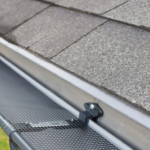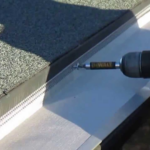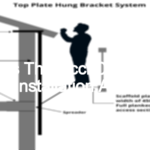It is typically recommended that gutters be cleaned and repaired at least once a year, although this can vary depending on the climate and the type of trees and debris that surround your home. If you live in an area with a lot of trees, you may need to clean your gutters more often to prevent them from becoming clogged.
The cost of gutter installation or repair can vary depending on the size and type of gutters you have, as well as the complexity of the job. However, most gutter jobs will fall somewhere in the range of $100-$500.
Gutter installation and repair can be relatively simple or quite complex, depending on the type of gutters you have and the extent of the damage. In most cases, it is best to leave gutter installation and repair to the professionals to avoid further damage to your home.
What is the most common problem with gutters?
The most common problem with gutters is that they can become clogged with leaves and other debris. If the gutters are not cleaned out regularly, the water can back up and overflow, causing damage to the home.
What are some common mistakes that people make when installing gutters?
- One of the most common mistakes people make when installing gutters is not securing them properly to the fascia board. This can cause the gutters to pull away from the house and eventually fall off.
- Another common mistake is not installing a gutter guard. This can allow leaves and debris to build up in the gutters and cause them to clog.
- Another mistake people make is not making sure the gutters are sloped correctly. This can cause water to pool in the gutters and eventually leak into the house.
- Finally, people sometimes forget to caulk the seams of the gutters. This can allow water to seep through and cause damage to the house.
What do I need to know before installing rain gutters?
There are a few things you should know before installing rain gutters on your home. The most important thing is to make sure that your gutters are properly sized for your home. If they are too small, they will not be able to handle the amount of water that comes down during a rainstorm and could break or collapse. If they are too large, they will be too heavy for your home’s structure and could cause damage.
Another important thing to consider is the material of your gutters. Gutters are typically made from aluminum, vinyl, or copper. Each material has its own advantages and disadvantages. Aluminum gutters are lightweight and affordable, but they can corrode over time. Vinyl gutters are also affordable and easy to install, but they can become brittle in cold weather and can sag over time. Copper gutters are the most expensive option, but they are also the most durable and look the most attractive.
Finally, you need to think about how you want your gutters to be installed. Gutters can be installed with brackets that attach to your home’s fascia board or with hangers that strap onto your home’s roof. Each installation method has its own set of pros and cons, so you will need to decide which one is right for your home.
What are gutter problems?
Gutter problems are a very common issue for many homeowners. There are a few things that can go wrong with your gutters, and if you don’t take care of them, they can lead to some serious problems.
The most common gutter problem is leaves and other debris clogging up the gutters. This can cause water to back up and overflow, which can damage your home’s foundation, siding, and landscaping. It can also lead to ice dams in the winter, which can cause even more damage.
If you notice that your gutters are starting to sag or leak, that’s another sign that there’s a problem. This is usually caused by poor installation, damage, or simply age. If left unchecked, sagging gutters can pull away from your home, and leaking gutters can cause water damage to your home’s interior.
If you’re having any problems with your gutters, it’s best to call a professional to take a look. They can assess the situation and help you find the best solution to fix the problem.
Who is supposed to get the gutters and drains?
There is no definitive answer to this question as there are a number of factors to consider. Who is responsible for gutters and drains will generally depend on the ownership of the property, the age of the property, and the location of the gutters and drains. In most cases, the owner of the property is responsible for the gutters and drains. However, if the property is leased, the landlord may be responsible for the gutters and drains. If the property is a new build, the builder may be responsible for the gutters and drains. If the gutters and drains are located in a shared space, such as a driveway, then all of the property owners who have access to the shared space may be responsible for the gutters and drains.
Final Word
If you’re in need of gutter installation or repair near you, these frequently asked questions should give you a good starting point. From there, be sure to consult with a professional to get the job done right.



